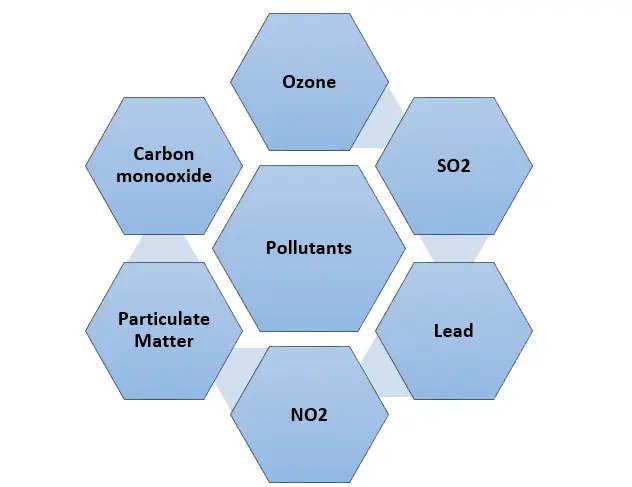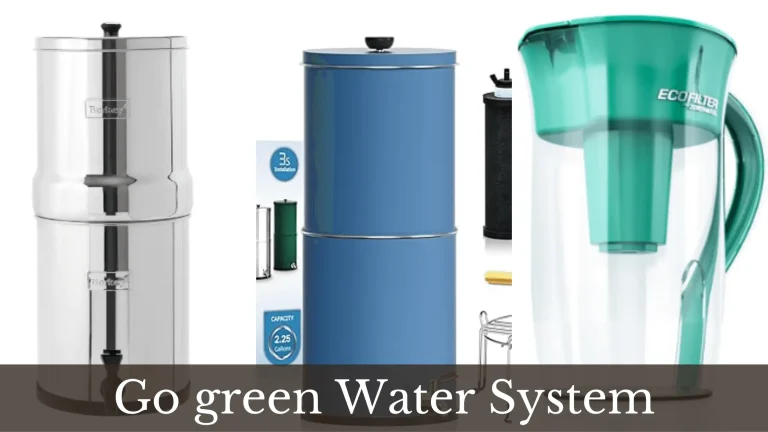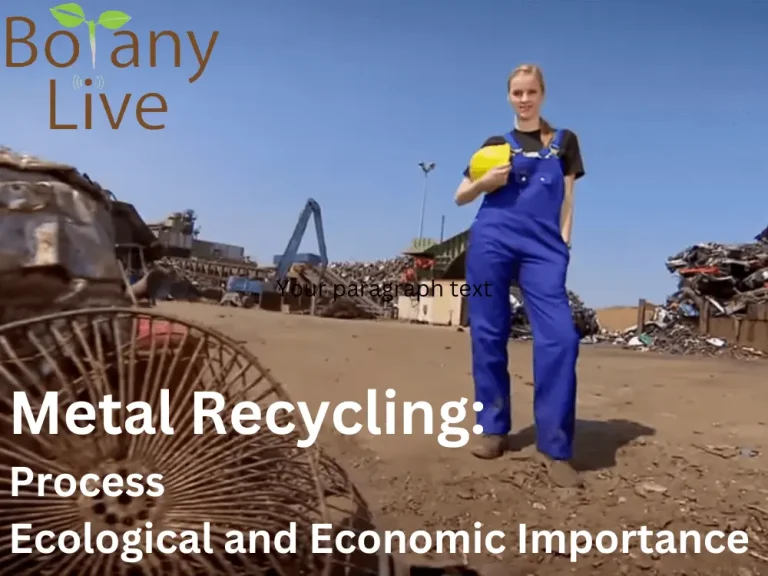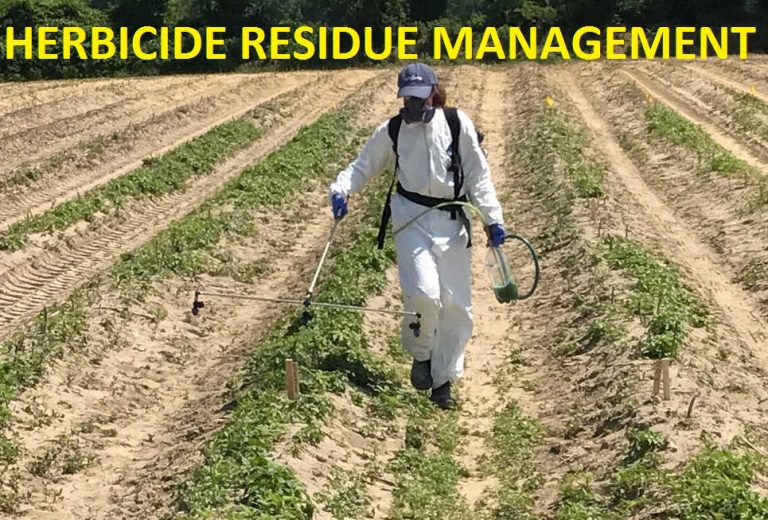What is Pollution and Pollutants ? 7 Different Types of Pollutants.
What is Pollution?
Different human activities result in the discharge of matter and energy into the surrounding environment. This matter or energy may cause harmful effects on the biotic element of the environment, especially on humans. It also affects the usefulness of limited resources. Pollution may be defined as the “introduction of any substance into the environment that adversely affects the usefulness of different resources”.
OR
“Excess discharge of any substance into the environment which adversely affects the quality of the environment and causes damage to human, plants and animals”.
Pollution can also be defined as “the contamination of air, water, or food in such a manner as to cause real or potential harm to human health or well-being, or to damage or harm nonhuman nature without justification”.
What is a Pollutant?
Any substance that causes pollution is called Pollutant. It is present in harmful concentrations and is termed a “pollution-causing agent”. Depending on the type of matter, pollutants may be in the form of solid, liquid, or gas. However, ecologists classify pollutants based on their disposal into the following types;

Types of Pollutants Based on Longevity
Following are the types of pollutants on the basis of their stability;
Degradable or non-persistent pollutants:
This type of pollutant is rapidly decomposed by natural processes. Kitchen waste and domestic sewage are examples of degradable or non-persistent pollutants.
Slowly degradable pollutants:
Such pollutants remain in the environment for a longer time as they decomposed very slowly by natural means. Plastic and pesticides are examples of slowly degradable pollutants.
Non-degradable pollutants:
some pollutants cannot be degradable by natural means at all. Such pollutants are called non-degradable pollutants e.g. nuclear waste, mercury, lead, etc.
Types of Pollutants Based on Persistence
Following are the type of pollutants based on their persistence;
Primary pollutants
Pollutants that are directly emitted by natural sources e.g. dust storm and volcano eruption or by human activity e.g. smoke by industries and vehicle exhaust is called primary pollutants. These primary pollutants cause air pollution that has greater effect on the plants. Oxides of Carbon (CO and CO2), sulfur oxides, nitrogen oxides, hydrocarbons, and particulate matter (PM) contribute about 90% of global air pollution. All these are sources of Air Pollution.
Secondary pollutants
Primary pollutants react with each other or with air components to form secondary pollutants e.g. smog, ozone, carbonic acid, nitric acid, sulphuric acid, etc.
Types of Pollutants Based on Nature
Based on their existence in nature, pollutants are classified into two categories i.e.
Quantitative pollutants
These substances are already present in the environment but somehow or the other their concentration (quantity) increases in the environment making them pollutants. e.g. CO2 is present in the environment in greater quantity than normal and is hence termed a quantitative pollutant.
Qualitative pollutants
The substances which are not normally present but are added by human beings in the environment are pollutants by nature. e.g. insecticides, and pesticides.
10 Major Types of Pollution
All of these pollutants when introduced to the environment cause pollution. Environmental pollution can be categorized into the following categories:
12 different Types of Pollution
- Air Pollution
- Water pollution
- Soil pollution
- Heavy metal pollution
- Noise pollution
- Thermal pollution
- Nuclear hazards/Radiation Pollution
- Pollen Allergy/Dust Pollution
- Plastic Pollution
- Litter and soil contamination
- Chemical Pollution
- Information Pollution
I’m Dr Qaiser Maqsood (PhD), a dedicated researcher and expert in Biological Sciences, Gardening, Bio-Diversity, Ecology, and Environmental Sciences. I’m much concerned about Environmental Pollution, Climate Change, Plantation, Gardening, and Global Warming. My passion is to explore innovative solutions in all these fields.
Be aware that we have ONLY ONE EARTH. Protect it!!






